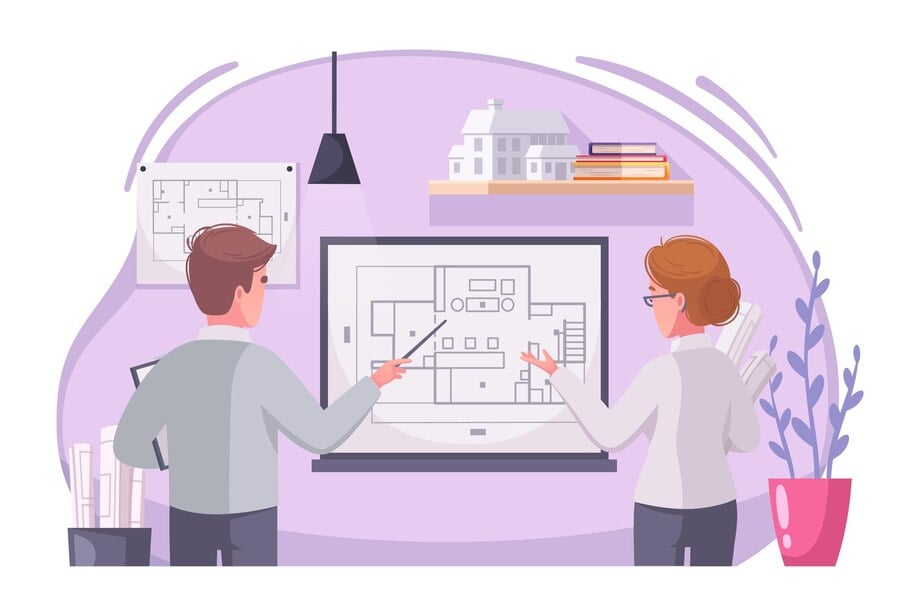The Synergy of Art and Architecture: Where Creativity & Design Unite
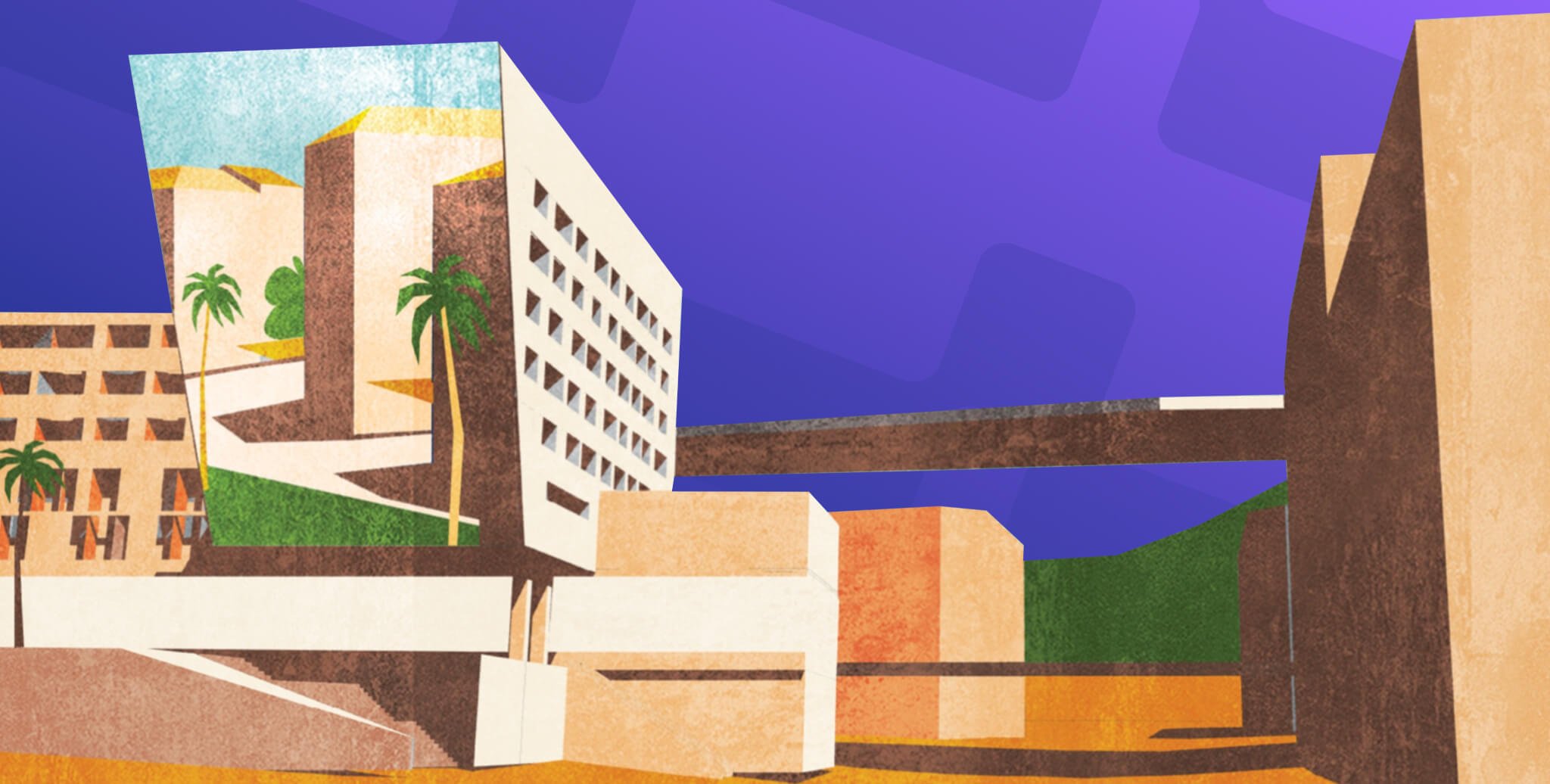
Table of Contents
Art and architecture have always shared a powerful bond, shaping how people experience spaces and cultures. While art inspires beauty, symbolism, and expression, architecture combines these qualities with structure and function. Their connection is one of history’s oldest creative relationships, influencing everything from ancient temples to futuristic parametric buildings. This synergy is not only about aesthetics; it also defines cultural identity and how communities interact with their surroundings.
Is Architecture an Art?
Architecture is a form of art. It requires imagination, discipline, and the ability to translate ideas into physical structures. Unlike other art forms, architecture must also serve function and safety, making it a unique combination of creativity and practicality. Many view it as the highest form of art because it influences daily life and the environments we inhabit.
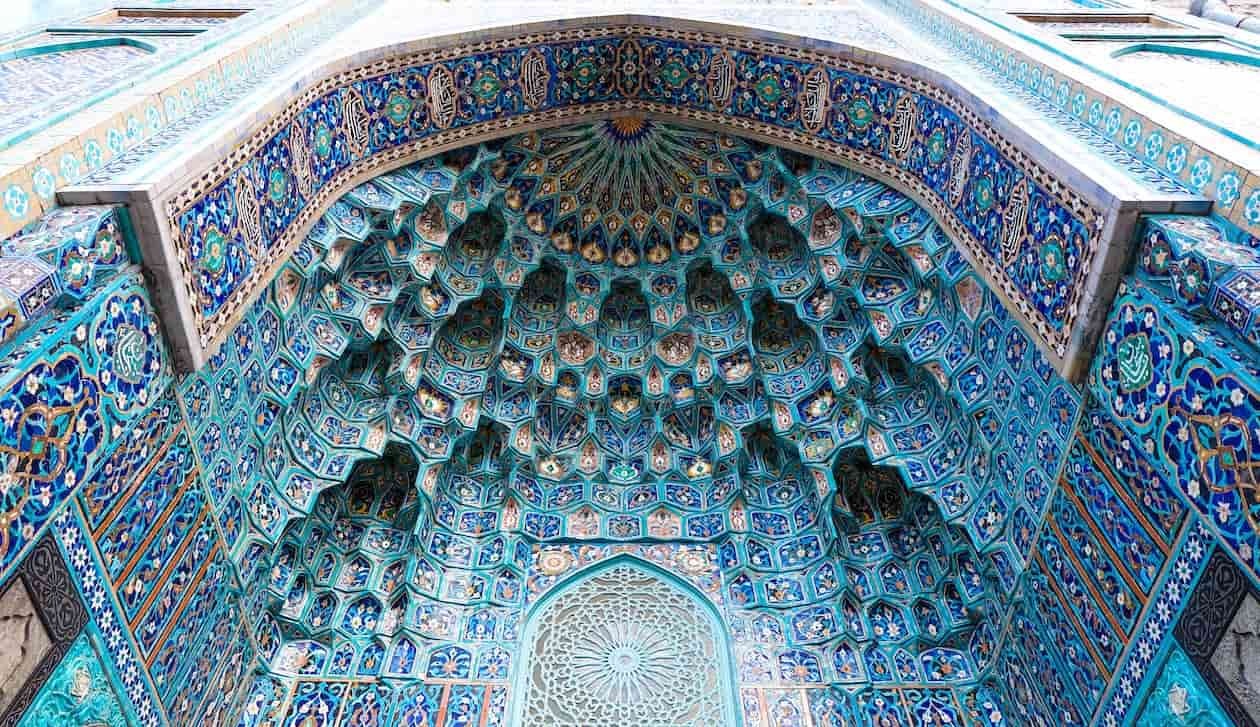
How Do We Define Art?
Art is a medium for the visual representation of beauty, technical aspects, or abstract concepts which depict creative or imaginative essence. This broad definition includes the creative capacity of transforming the mundane into the sublime. Such definitions also mean art covers more than painting, sculpture and architecture; even the digital creations we see today are considered art.
How Do We Define Architecture?
Architecture is the process of creating buildings, which includes functional and aesthetic components. It brings together an entire gamut of professionals who come together to craft a master plan, which synergizes input of building material and a logical design process leading to the output of a properly constructed building. This end-to-end process defines architecture and its beauty.
Art vs. Architecture: Abstract vs. Practical
Art is a creative process that negates the necessity to be practical or to incorporate rigorous rules. Art has manifested itself in many forms such as music, sculpture, paintings, and pictures. Architecture, on the other hand, is typically a three-dimensional physical construct. While art represents creative freedom and breaking the norms, architecture always has certain practical forces behind it.
The practicality is further enforced by the famous phrase of Louis Sullivan, Form Follows Function, which many architects had diligently followed for decades since the beginning of the Modernist movement. The purpose and the functions of the building should be the starting point and the main essence, while everything else is secondary.
However, the avant-garde style of the late 20th century saw architects embracing the art in architecture. The building is no longer a machine: the art in architecture has allowed architects to use artistic expressions to shape the emotions of its users, creating a sense of comfort and community.
Additive and Integrated Art
The relationship between art and architecture has shifted over time. Art can be included in architecture in two main ways:
- Additive art: Murals, sculptures, or lighting added to enhance a completed structure.
- Integrated art: When artistic elements are part of the design itself, like patterned facades or sculptural forms.
This interaction transforms buildings into cultural landmarks, making them more meaningful.
There are two ways to create opportunities for art and architecture to coexist in a project. The first is additive art, meaning that the artwork comes in after the project is done. It’s best done during the planning stages, where a client might bring in an art consultant to discuss the opportunities to add art into the space. Blank walls for hanging canvases, vaulted spaces for sculptures or a statement lighting fixture, or even exterior walls that might be great for a mural are just a few examples. In this tactic, the architecture creates space for art.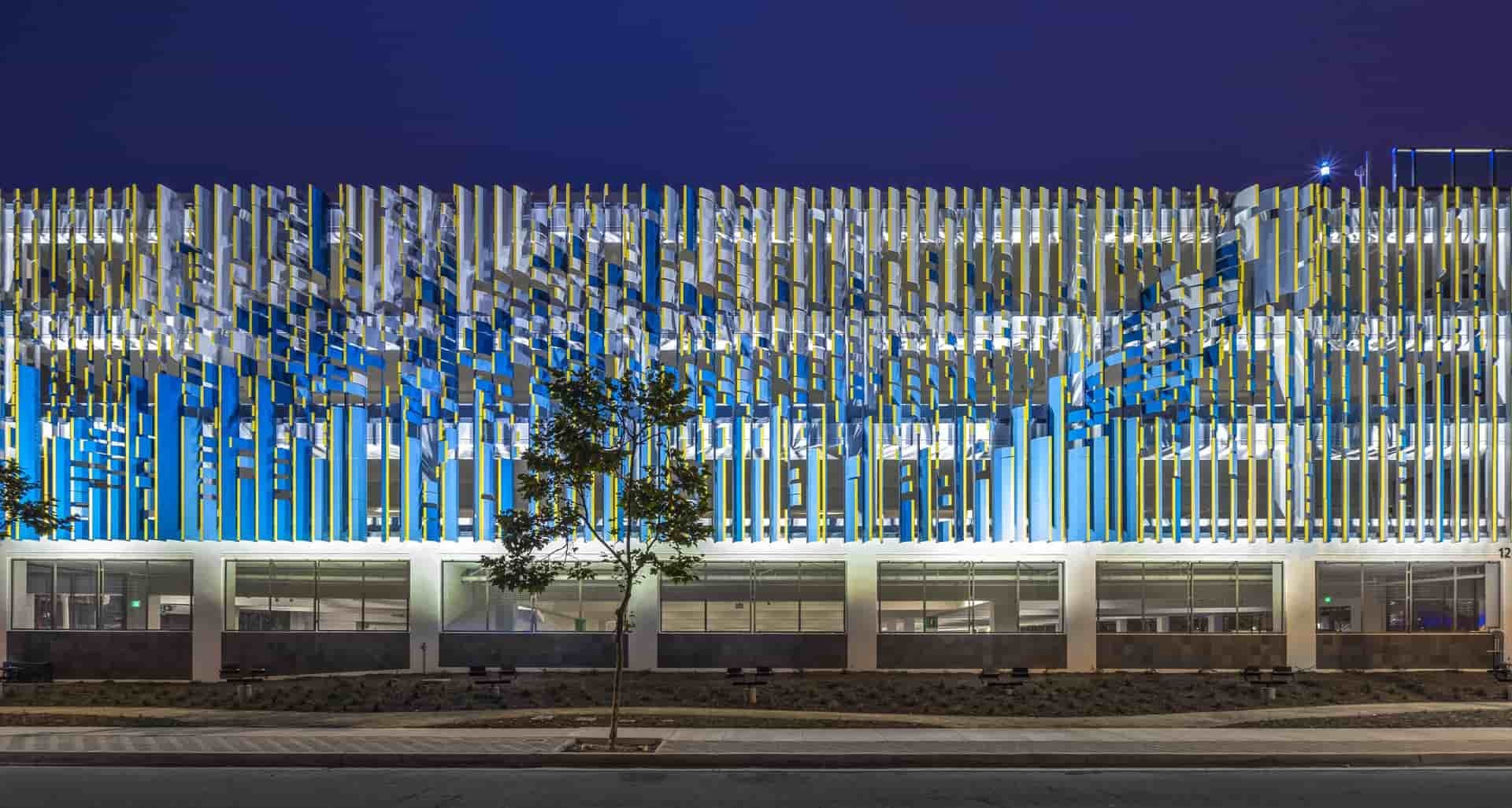
The second approach is an integrated one, the art in architecture quite literally. This absolutely needs to be done during the early stages, as the art is part of the architecture itself. For example, at the Martin Luther King, Jr. Medical Campus Parking Structure in Willowbrook, California, an artist was hired to do an installation that was the main feature in the façade. Thousands of painted aluminium panels speak to the history and community, while also creating a standard for public art on campus. In the best project, the architecture can support art and vice-versa.
Find more innovative facades here - 10 Fascinating Parametric Facade Design Projects From Around The World.
How Are Architecture and Art Similar?
Both art and architecture are designed with the same basic organisational principles, aesthetically based elements, and perceptual interaction in mind. When we look at art and architecture history, we notice that many individuals were both architects and artists as there is much overlap between the two principles. Architecture and art are both culturally and historically significant.
How Does Art Affect Architecture?
Art is the defining principle behind Architecture and its organising principles. Artistic merit is an important aspect which determines how good of an architect you are. Art is the process of creating a beautiful and harmonious environment, and constructing buildings is an important and essential part of this process. Without art, architecture is incomplete.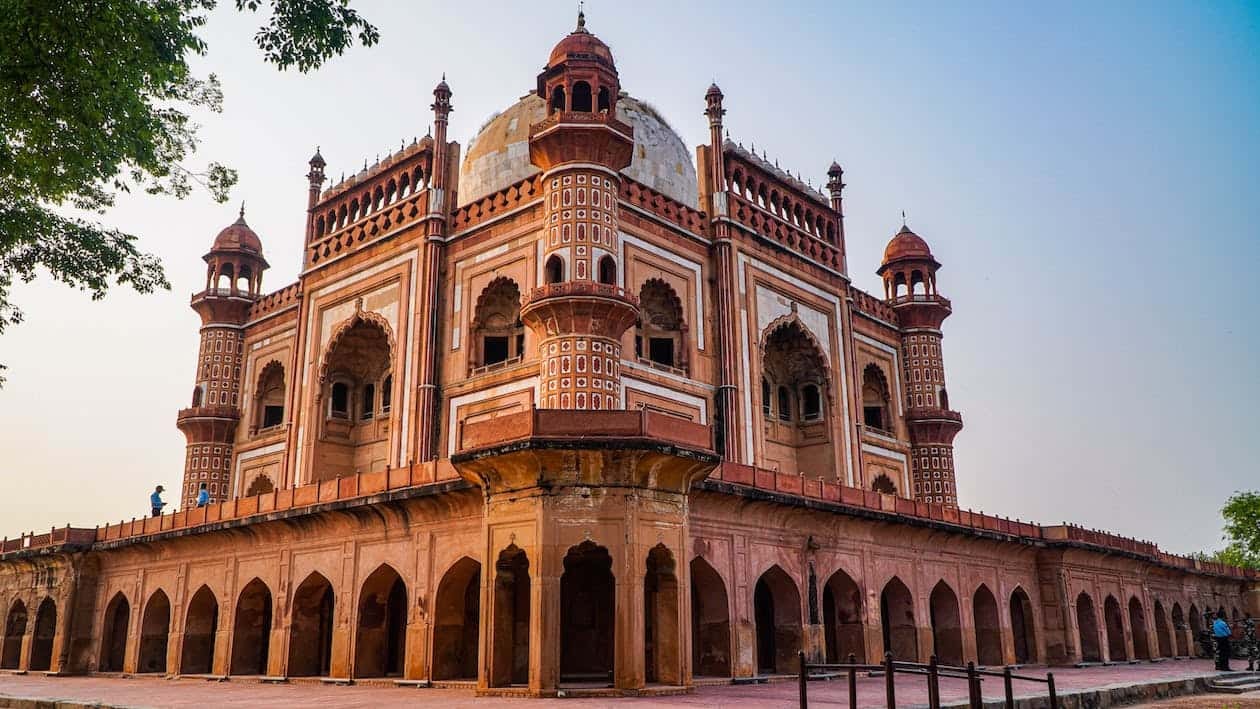
Difference between Art and Architecture
The main difference between Art and Architecture is that Art is a process of creating things of extrinsic value through emotional or aesthetic appeal and Architecture is both the process and product of planning, designing, and construction. An architect may or may not consider art in architecture, but he/she can still design and plan construction for a building that is responsive and effective in design.
The appreciation for art is creating a change in the architecture scene, blending art and architecture through a mixture of digital tools. Parametric design is an example of exploring artistic creativity blended with technology for better building design.
Do You Need Art for Architecture?
Yes, art is needed for architecture. As reiterated earlier, the designing of a product or system requires artistic principles. Art also enables the mind to see things differently and to have a counter-intuitive approach, which determines the foundational essence of architecture as well.
Conclusion
Art and architecture will always shape how we live, work, and connect with culture. Their shared history proves that creativity and practicality can coexist to produce spaces that inspire and endure. To explore this intersection further, enroll in the Master Computational Design course by Novatr with real-world applications, and visit our resource page for insights on blending creativity with function.
Keep an eye out for the next story on our Resources. In the meantime, if you want to create aesthetically pleasing and functional buildings, Master Computational Design with real-world application to create art and architecture at the same time.
Frequently Asked Questions:
1. What is the relationship between art and architecture?
They work together to unite creativity and function, shaping spaces people can use and enjoy.
2. What is synergy in architecture?
It is the integration of aesthetics, utility, and technology to create impactful designs.
3. Is architecture considered a form of art?
Yes, architecture is often regarded as a practical art that blends imagination with function.

 Thanks for connecting!
Thanks for connecting!


.png)
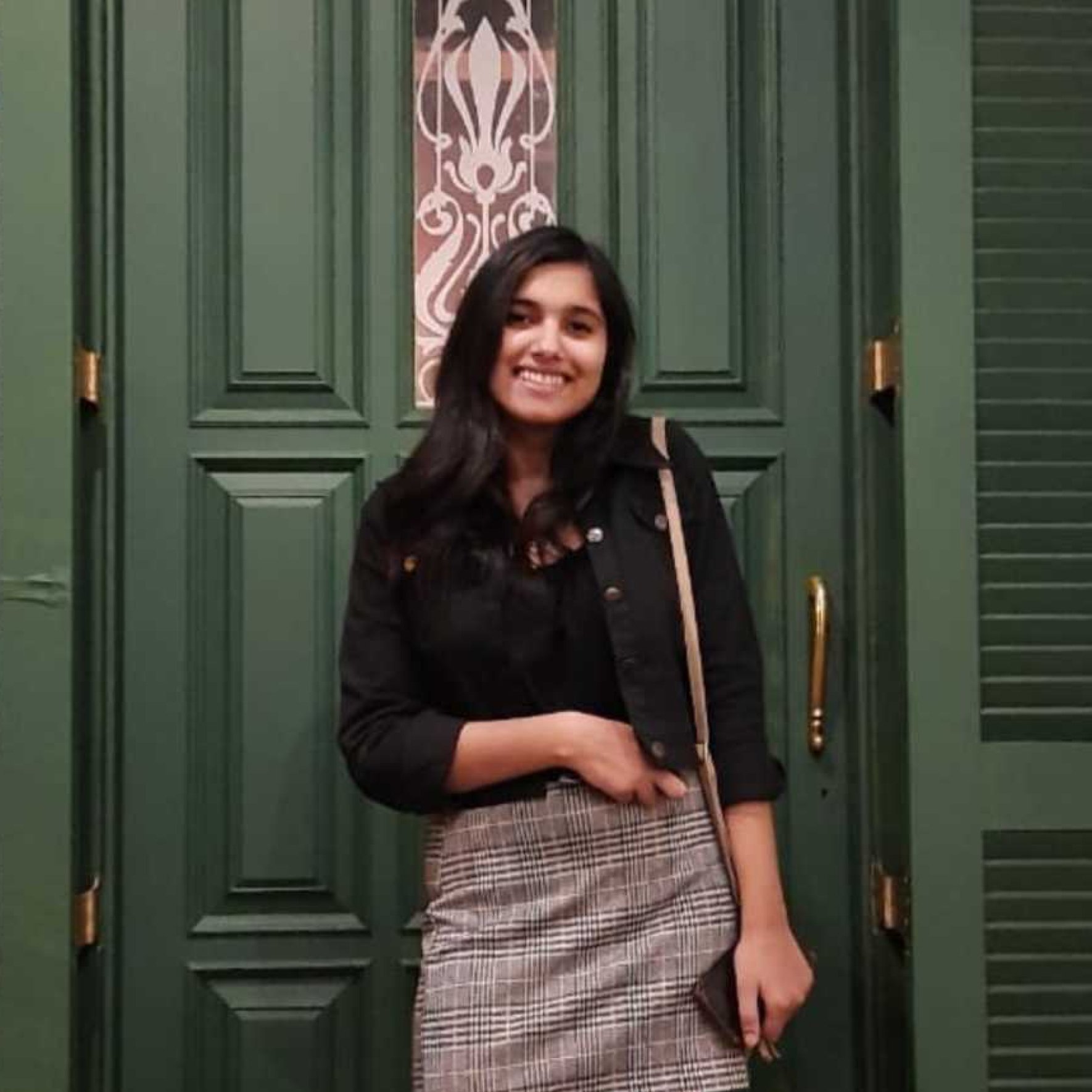
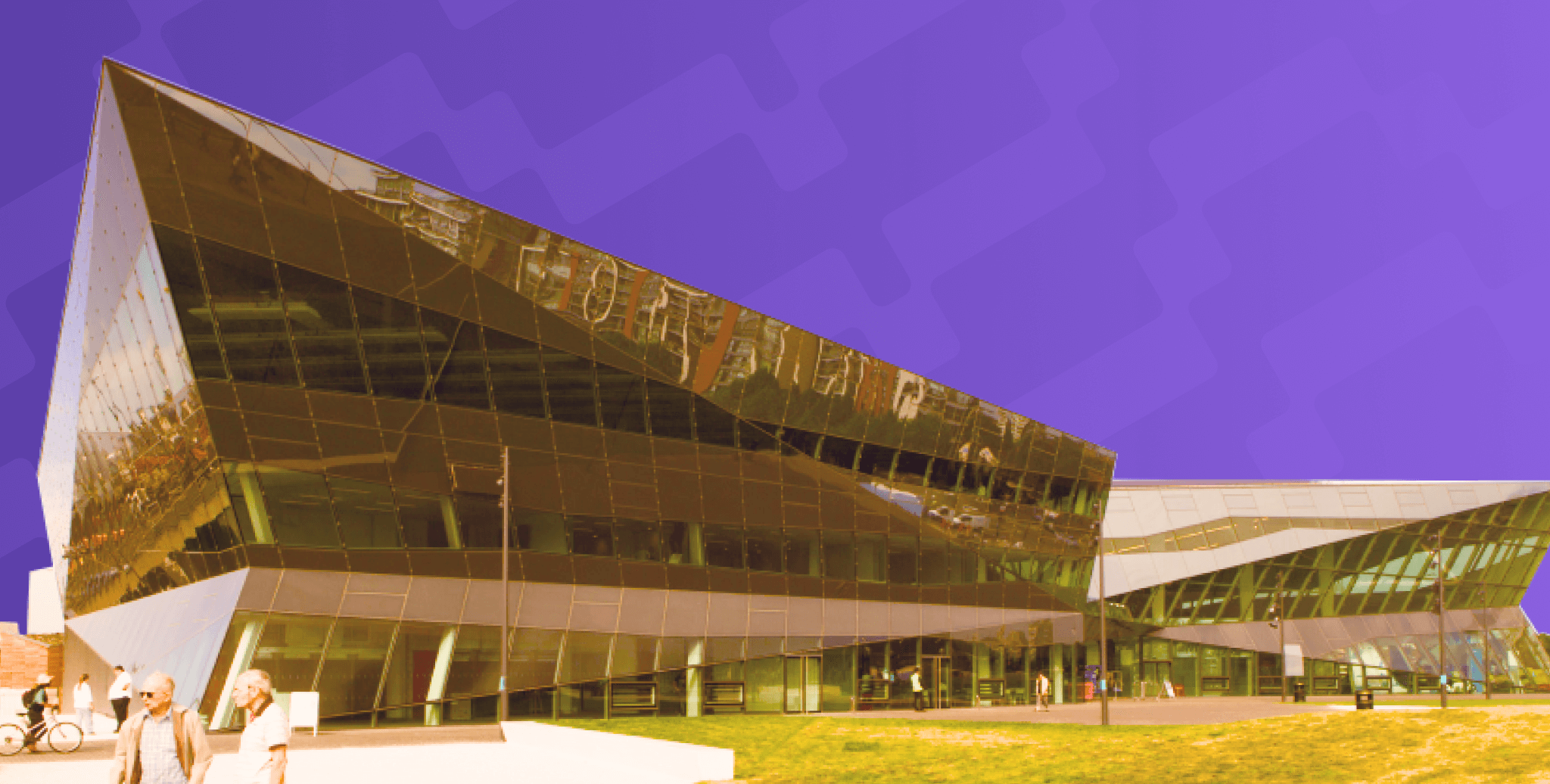
.jpg)
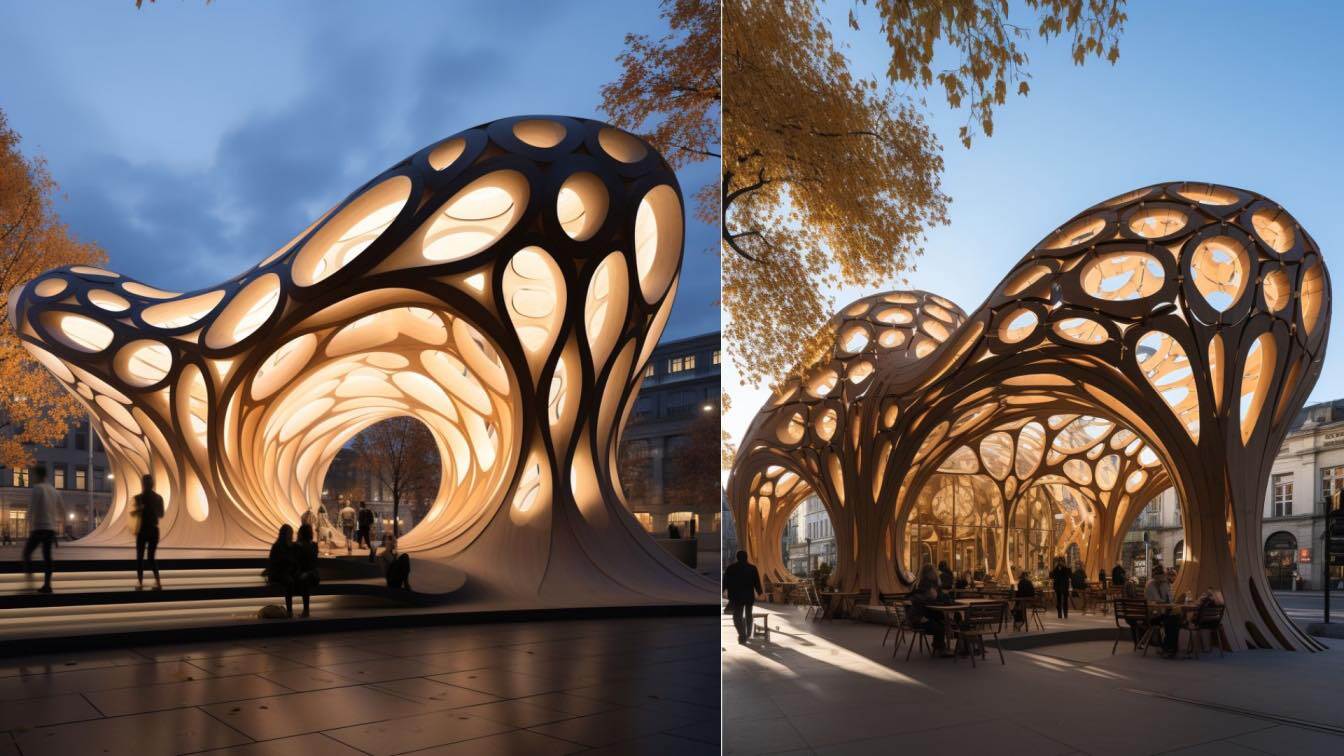
-1.png)

.jpg)
